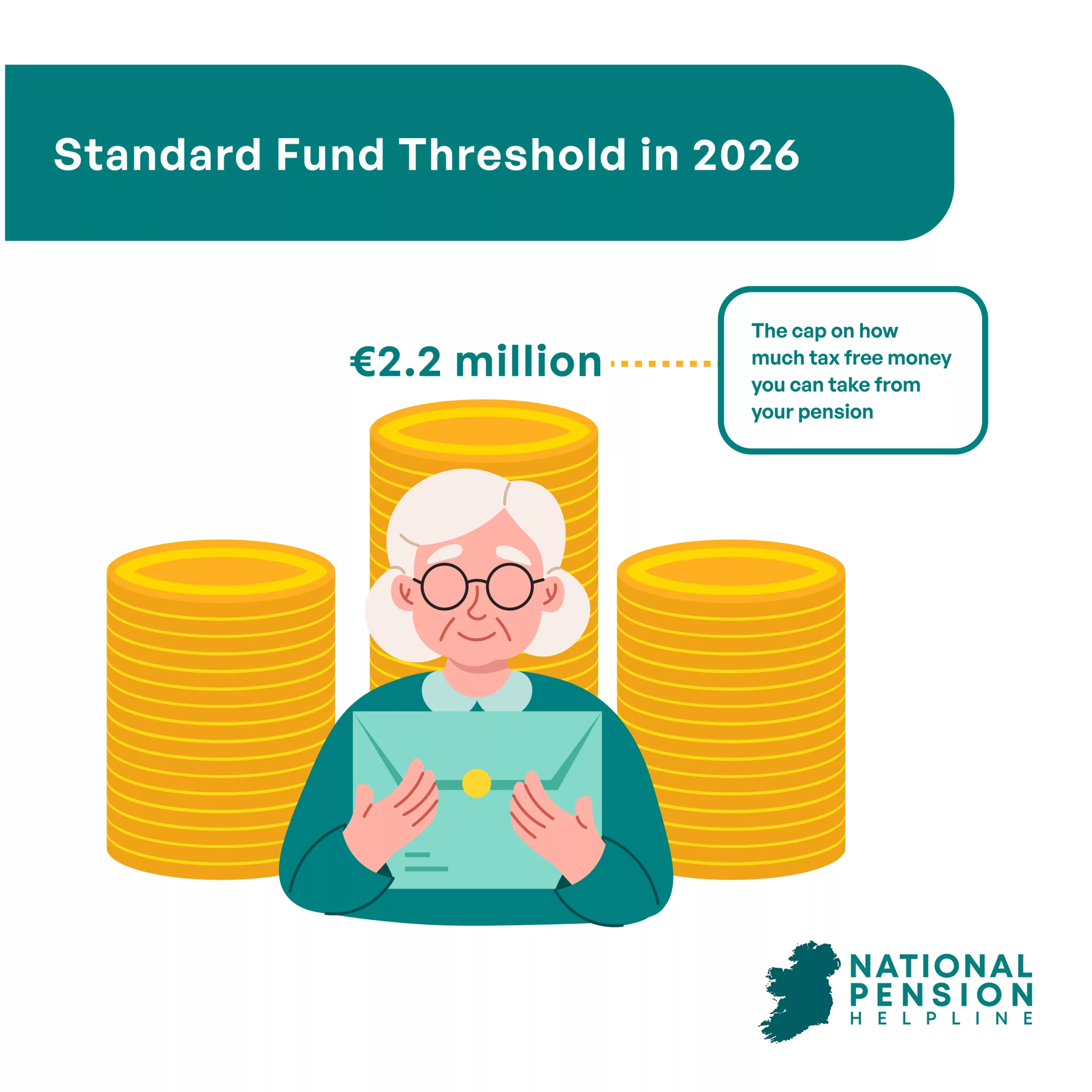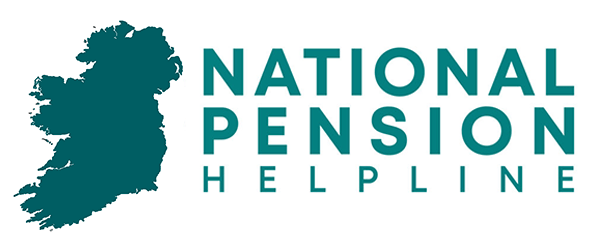If you’re focused on retirement planning, you’ll know that maximising your pension contributions and investing in the right funds could put you on track to achieving a seven-figure pension pot upon retirement.
But did you know that you can actually have too much of a pension in Ireland?
This is because of the Standard Fund Threshold (SFT) – a cap on the pension wealth you can accumulate without paying additional taxes. The SFT is designed to ensure that people don’t ‘abuse’ the pension system to increase their wealth and avoid paying tax.
This limit is set to increase in 2026 for the first time in over a decade, providing a fantastic opportunity for long-term savers and high-earners to maximise their retirement savings and improve their tax efficiency.
So let’s dive into what Ireland’s new pension limits might mean for your financial future.

Table of content
What is the Standard Fund Threshold?
There is a limit on how much can be in your pension pot without paying additional taxes. This limit is known as the Standard Fund Threshold, currently set at €2 million. Simply put, any savings above this pension cap in Ireland are taxed at 40%. This means that many long-term savers are being taxed on their retirement savings through no fault of their own.
The SFT was first introduced in 2005 to close up tax loopholes that were being used by individuals to accumulate millions of euro in pension assets.
At that time, the upper pension limit was set at €5 million. This was reduced to €2.3 million in 2010, and again to €2 million in 2014 – which remained in place for over a decade. In Budget 2025, the government announced the first major updates to the SFT in over 10 years.
Updates to the Standard Fund Threshold
From 2026, the Standard Fund Threshold in Ireland will begin to rise by €200,000 each year until 2029 when it reaches €2.8 million.
Another major update to how SFTs work in Ireland is that from 2030, the new €2.8 million limit will be adjusted in line with increases in average earnings.
There will be no change to the maximum tax-efficient lump sum, which is currently capped at €500,000 despite increases to the SFT.
Updated Standard Fund Thresholds
| Year | SFT |
| 2025 | €2 million |
| 2026 | €2.2 million |
| 2027 | €2.4 million |
| 2028 | €2.6 million |
| 2029 | €2.8 million |
Why is the SFT being updated?
The Standard Fund Threshold is being updated to reflect changes in salaries, returns on investment and the cost of living, which have all increased significantly over the last decade while the threshold remained unchanged.
This has meant that long-term savers have been affected by these tax rules, which has discouraged saving in some cases – something the government is keen to avoid doing.
How does the Standard Fund Threshold work?
The Standard Fund Threshold is the limit that you can have in your pension fund without paying additional tax, known as Chargeable Excess Tax. This 40% tax is payable on excess savings over the upper cap, which will be set at €2.2 million in 2026, rising by €200,000 per year until 2029.
Chargeable Excess Tax is payable within three months of the liability arising.
If you have already taken benefits and retired a pension fund, you can still benefit from the changes to the SFT over the coming years. For example, if you retired a fund of €1 million in 2025, you will have used up 50% of the SFT, with €1 million before you reach the limit.
In 2026, you will still have reached only 50% of the cap, leaving you with €1.1 million before you reach the threshold, and this will rise each year until 2029.
How to maneuver around the SFT?
If your pension pot exceeds the SFT or is likely to do so in the future, there are some actions which you can take to reduce or eliminate any chargeable excess, which may be beneficial for tax purposes. Depending on your situation, you may wish to:
Steps to take if you are concerned about reaching the SFT?
If you are in any way near reaching the Standard Fund Threshold, you should review your situation with a qualified financial expert to ensure you take the right steps and plan your finances in the most tax-efficient way possible.
The best path for you will depend on a number of factors, such as your current pension pot, your age, and desired outcomes. We highly recommend speaking to a financial advisor to fully understand the implications of the new SFT for your unique circumstances.

